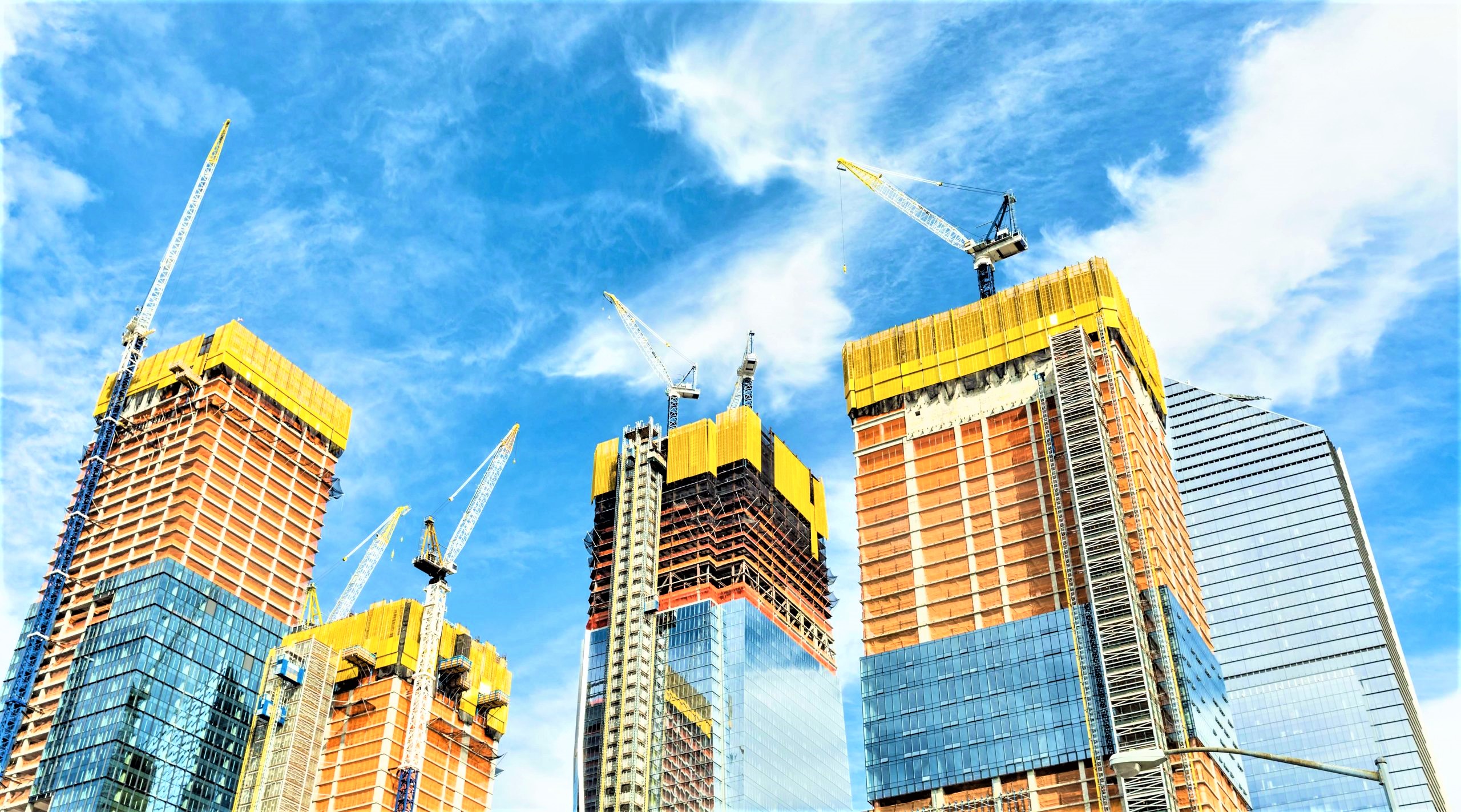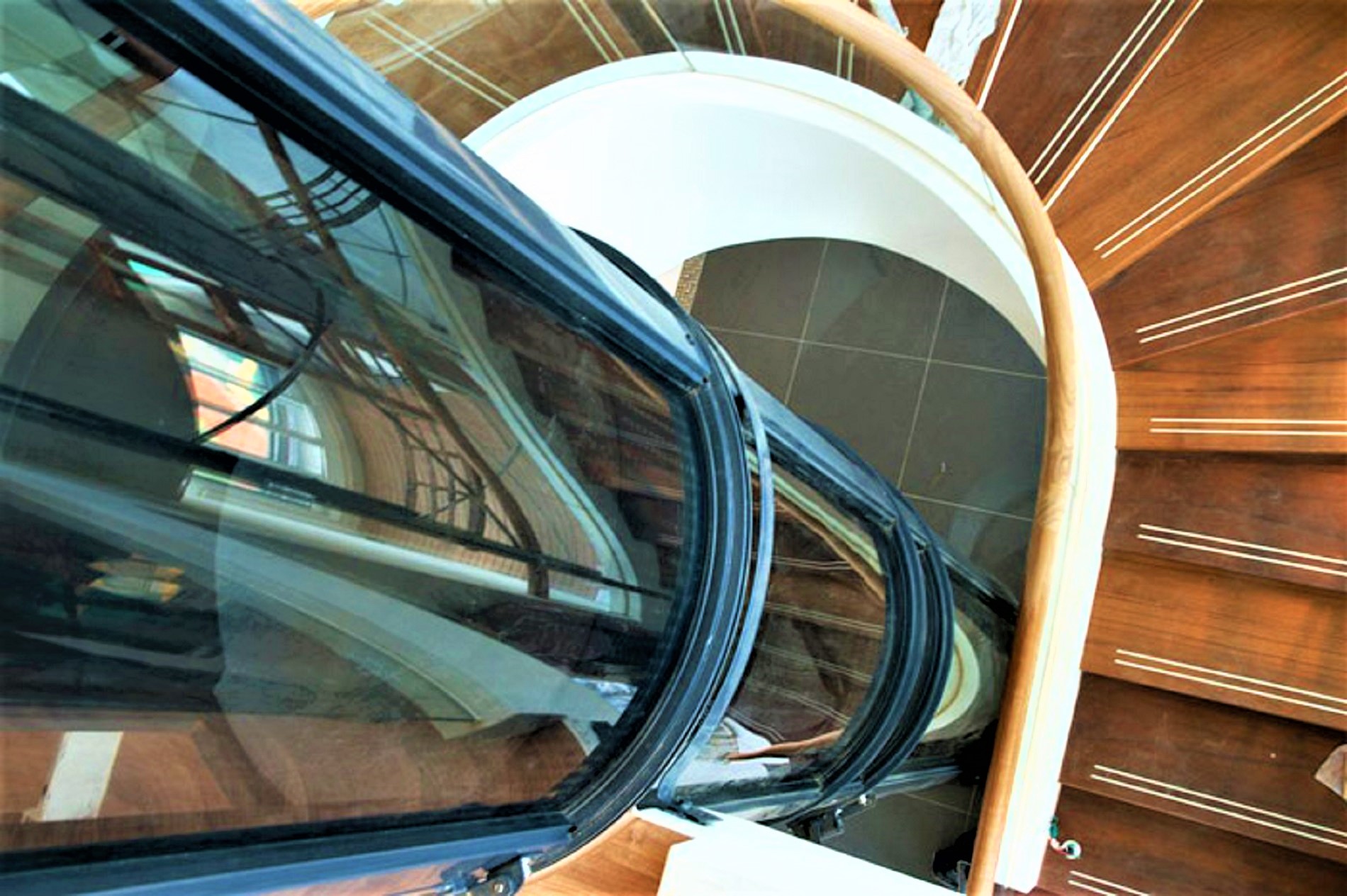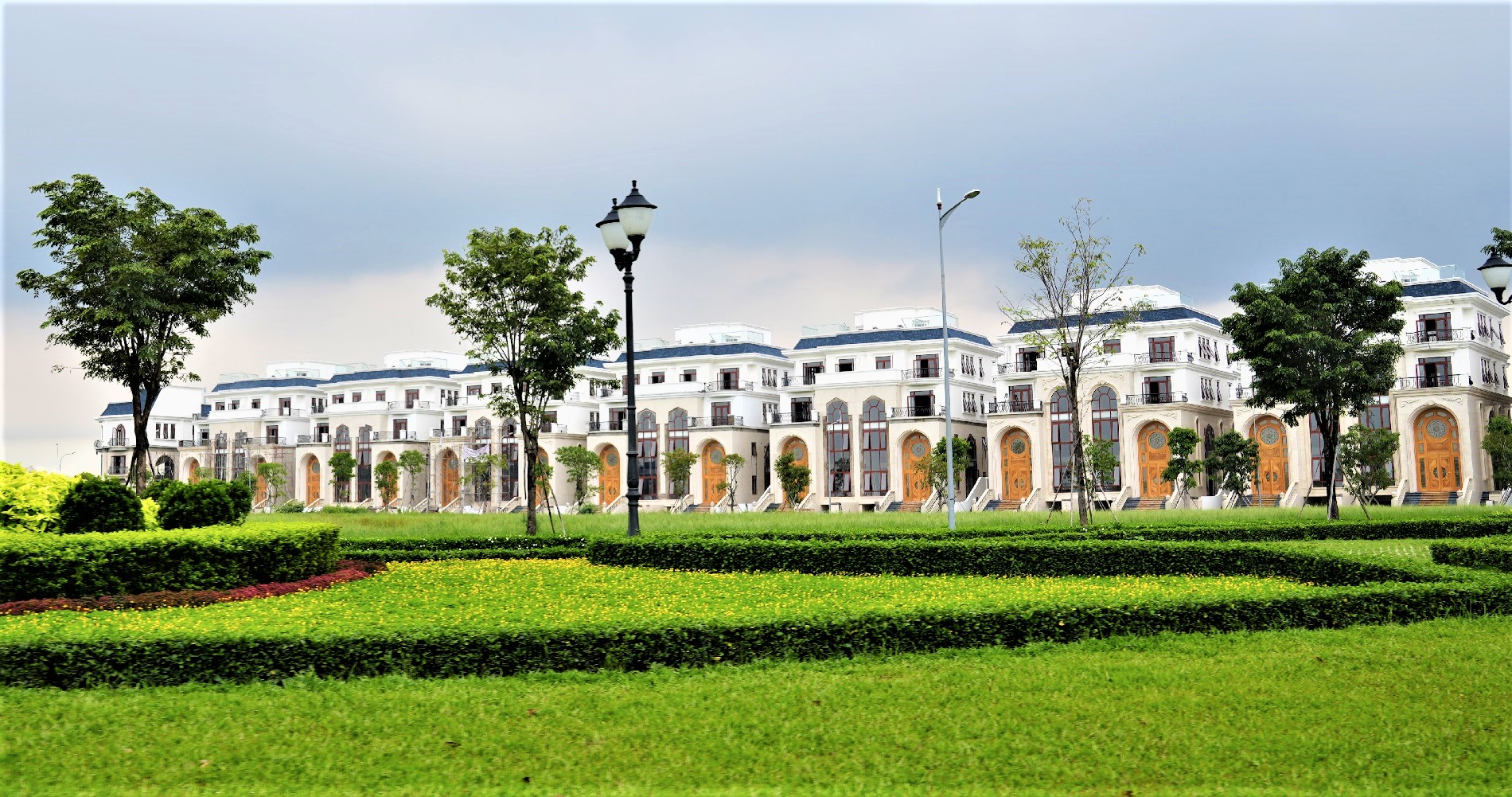EM – The real estate crisis in the world’s leading economies, wars involving Western countries, complicated epidemics, etc. will seriously affect the elevator industry?
The global economy is volatile.
The global economy has become interconnected and interdependent to an unprecedented degree. Global supply chains surround the planet. Interdisciplinary thinking and taking advantage of worldwide intellectual resources have become the norm and will become more common in the future. Therefore, if it has impact on the economy, it will have a knock-on effect globally. The worrying issue has happened to the current economy.
Firstly, the COVID-19 pandemic in the past 2 years has changed the world, seriously affecting the global economy. The pandemic has upset economic development plans in both the short and long term. Even some of the most developed economies have been severely affected.
Secondly, the conflict between Russia and Ukraine has been and will continue to affect the global economy in many ways. It seriously affects the psychology of consumers and businesses. It disrupts global supply chains, not only because of potentially blocked shipping ports but also because of trade embargoes. The disruption of transportation of materials, equipment and elevator components will seriously affect production.
Thirdly, the debate about solutions to protect the global environment has not ended. The impact of severe weather is forecasted to happen soon. It is because of the impact of the current global warming situation which will hinder economic activities. The lack of global consensus in protecting the environment and minimizing the negative impacts of nature is a factor that makes the climate and environment worse and worse nowaday.

The Covid-19 epidemic has caused a serious recession in the world economy
Even if there is hope of avoiding the worst climate scenarios in the long term, for the foreseeable future, the climate situation is fundamentally worrisome. That means we need to prepare ourselves for droughts, floods, fires and more that hamper economic activity.
Fourthly, inflation will make an economic recession almost inevitable in 2023. Although the GDP of some countries only slightly decreased in a short period of time, it is enough to affect the development momentum of the economy. In that context, the growth rate of the construction industry and the real estate market in many countries will decrease significantly, leading to a decline in demand for elevators. And all the factors affecting the global economy also directly affect the elevator market.
According to Dr. Nguyen Bich Lam, former Director of the General Statistics Office, the Russia-Ukraine crisis has caused many consequences for the world economy as well as for Vietnam’s economy. However, in a crisis, we still have opportunities. What is needed now is that both the government and businesses to take appropriate measures to respond effectively.
Accordingly, when tensions between Russia and the West break out, many investors will accelerate the process of shifting supply chains, investment capital flows, and look for safer addresses. In addition, the “China +1” strategy is also being promoted by foreign businesses, leading to the shift of investment to Southeast Asia. This is a favorable point for Vietnam with its stable political situation, good economic growth, and increasingly improved business and investment environment.
How will the elevator industry develop?
According to the United Nations, more than half of the world’s population lives in urban areas and almost all countries are experiencing urbanization. Most of the population of developed countries live in urban areas, while developing countries in Africa and Asia, still live in rural areas but will urbanize faster than other regions in the coming decades.
The rapid increase in infrastructure spending in developing economies is expected to boost the elevator market. With the development of high-rise buildings, the elevator also achieved rapid development with its design constantly being improved and optimized.
The application of advanced technologies such as artificial intelligence, smart sensors and IoT. This helps to reduce energy consumption, improve elevator safety, and effectively control traffic or congestion.
Large investments in infrastructure construction can increase significantly from emerging economies such as India, China, Saudi Arabia and others, creating new opportunities for the elevator market.
In its Vision 2030, for example, Saudi Arabia plans to invest US$425 billion in infrastructure projects. India also has a plan to invest in building national infrastructure worth USD 1.5 trillion by 2025.

The development of the construction industry will promote the development of the elevator industry.
In China, the “world’s factory”, previously expected to have an urbanization rate of 65% of the population by 2025 and 75% by 2035, will boost the construction industry. However, at the end of 2022, despite a remarkable recovery, the Chinese economy is facing challenges on many fronts, both locally and abroad. The Zero COVID strategy and pandemic control policies, especially in the second quarter of 2022, have put pressure on business operations. Many investment banks have lowered their GDP forecasts for China to 3% this year. Along with that, the crisis in China’s real estate sector has caused the construction market to cool down sharply, which means a decrease in the demand for new elevator installations. If from 2020 and earlier, the average number of elevators installed per year in the country of billions of people was 700,000 elevators, after that time, the demand has decreased sharply and will continue to 2023, according to experts’prediction.
Elevator market trends in the coming years
The symbiotic relationship between elevators and urban development is well recognized and is likely to persist for the foreseeable future. What will the elevator industry look like in the next two years? This question has been raised.
There is no exact answer. However, urban development has been greatly impacted in the past two years and the elevator industry is certainly no exception.

Vacuum technology elevators are very friendly to the environment.
Economists agree that the growing construction industry has transformed the elevator business from its humble beginnings into the multibillion-dollar global industry it is today. One can look at the outlook of cities to predict the future of the elevator industry.
Looking to the future, cities will likely continue to form and develop. Of course, this is a great signal for elevator industry.
Buy elevators online, why not?
With the increasing use of the internet, there has been a shift in retail purchases from traditional sources to online sales. This can completely become a market expansion opportunity for the elevator industry.
In addition, the connection between elevator systems and the internet has become very strong and will be even stronger as the remote interaction of outside elevator service companies and building management becomes more powerful should be more popular.
Environmental issues: “Green city” and “Green elevator”
Many initiatives that have been taken over the past few decades to encourage the use of eco-friendly materials and energy-efficient design have all involved elevators.
The “Building Research Establishment Environmental Assessment Method” (BREEAM) is a British-developed standard for assessing “green” buildings. BREEAM is widely used in the UK and other parts of the world.
Another standard applied is the “Comprehensive System of Assessment for Built Environment Efficiency” (CASBEE). This system is quite widely developed in Japan.
Looking toward the future, aerodynamic designs are likely to be applied to the elevator cabin, frame and counterweight. By optimizing the elevator geometry, materials and construction, resisting force can be reduced, thereby improving overall efficiency. Overall, the elevator industry is on a path towards environmentally sustainable and energy-efficient design. This trend will most likely continue and accelerate as the future unfolds.
Internet of Things (IoT) and remote interaction
Internet provides a much more efficient and useful means of performing remote diagnostics than conventional methods. Expert anywhere can access the entire elevator control system, map functions and determine the status of all equipment and control signals. Information can then be provided to the elevator technician as to what needs to be addressed.
The IoT makes it possible to remotely monitor elevator performance and critical functions as well as provide the opportunity for proactive maintenance and fault prediction. In addition, elevator service can be monitored, and allocation parameters adjusted to optimize service and energy consumption.
Prospects for the near future for Vietnam’s elevator industry
According to data from the Department of Occupational Safety, Ministry of Labor, Invalids and Social Affairs, each year Vietnam imports about 6,000 elevators and assembles about 25,000 domestically.
The global elevator industry is affected to some extent, which also affects the Vietnamese elevator market. From the second half of 2021 until now, the real estate market has cooled down significantly, supply is more than demand. Specifically, it is forecasted that the output of elevators will decrease by about 30% in 2023 and the difficult situation will last into 2024. Economic experts also forecast that the war between Russia and Ukraine may soon end and be over. The global economic recovery has begun.
However, there are also positive signs. In the context that the construction industry is growing after the pandemic, Vietnam becomes a potential market for the development of the elevator sector.
Accordingly, the trend of building low-rise villas and luxury consumption will make the Vietnamese market attractive for high-tech integrated elevators designed and crafted with luxurious materials.

The trend of low-rise villas is triggering the demand for elevators that integrate high technology and are designed and crafted with luxurious materials.
Sharing about the needs of Vietnamese customers in the low-rise elevator segment, the elevator expert said that, in addition to technology factors, costs, safety features and the size of the pit, now there are increasingly customers looking for low-rise elevators in the high-end segment. In addition, they are very interested in the business reputation and workmanship of the installation team.
Thus, the strong development trend of high-end low-rise urban areas including villas and shophouses has created a demand for high-class villa elevators. To meet this demand, some elevator suppliers in Vietnam have imported high-end machines in Europe, which are carefully invested in design and materials. Experts estimate that in the next 5-10 years, the trend of environmentally friendly green elevators, multi-utility and safe smart elevators will dominate the market./.
Le Hung



